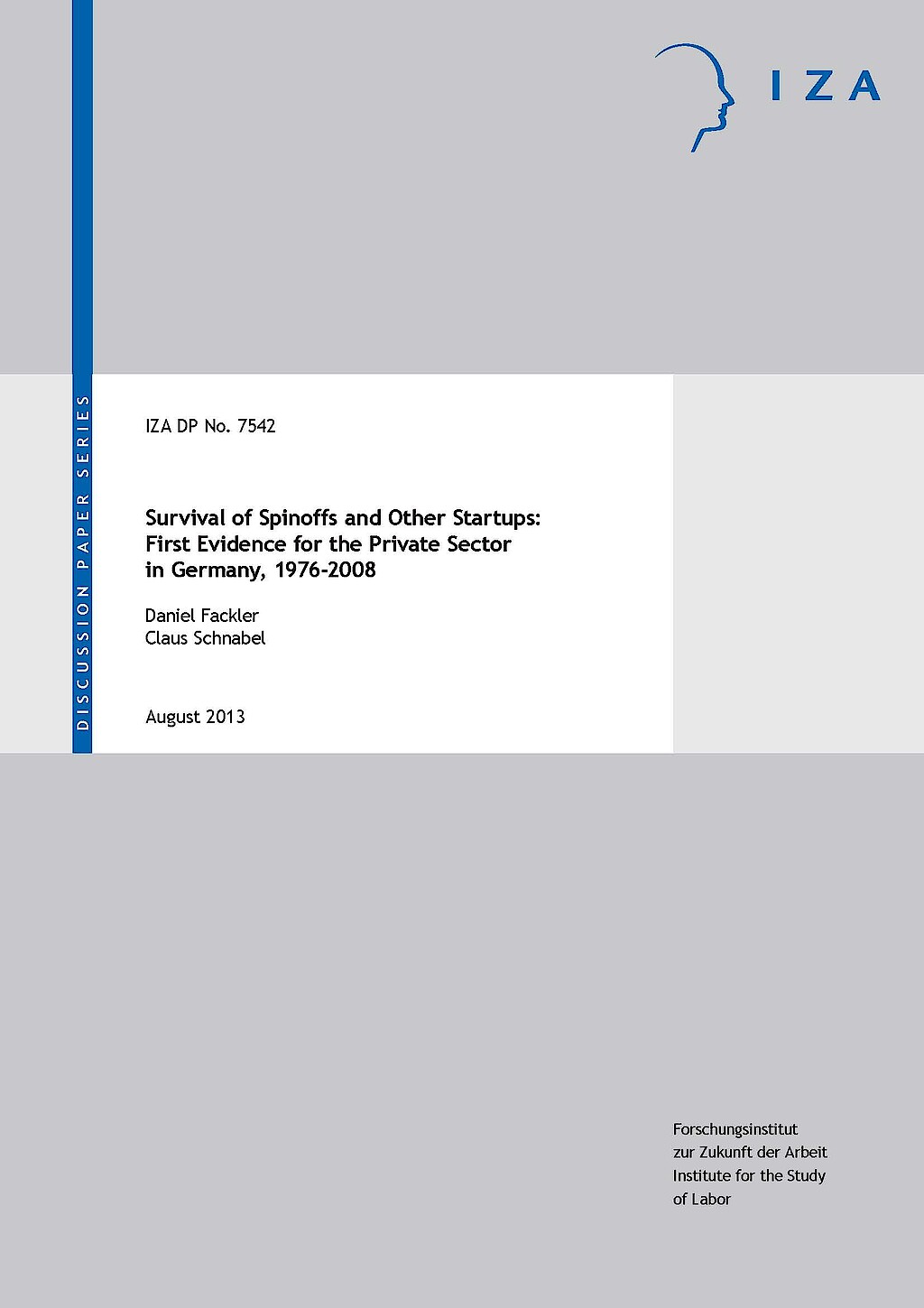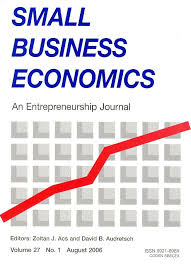
Survival of Spinoffs and Other Startups: First Evidence for the Private Sector in Germany, 1976-2008
Using a 50 percent sample of all establishments in the German private sector, we report that spinoffs are larger and initially employ more skilled and more experienced workers than other startups. Controlling for these and other differences, we find that spinoffs are less likely to exit than other startups. We show that in West and East Germany and in all sectors investigated pulled spinoffs (where the parent company continues after they are founded) generally have the lowest exit hazards, followed by pushed spinoffs (where the parent company stops operations). The difference between both types of spinoffs is particularly pronounced in the first three years. Contrary to expectations, intra-industry spinoffs are not found to have lower exit hazards in our sample.





